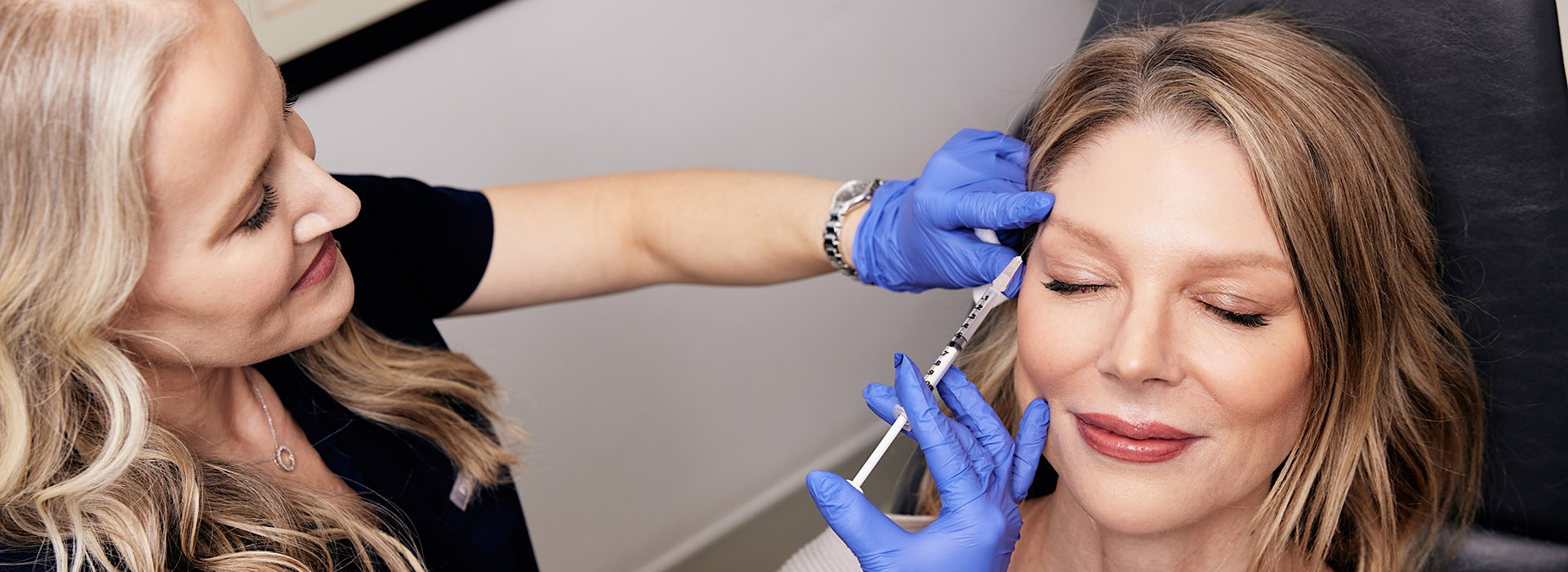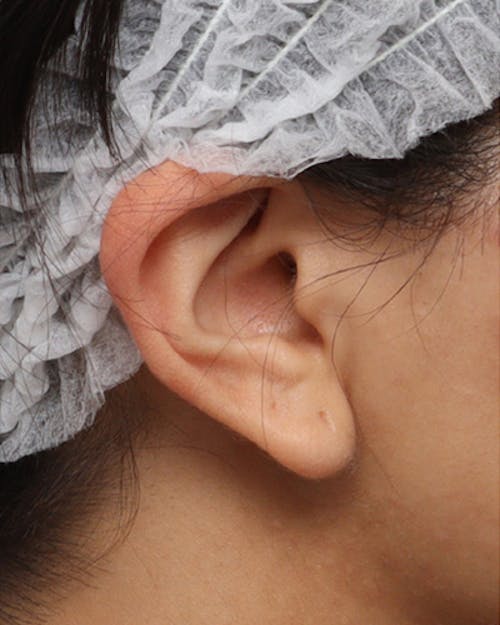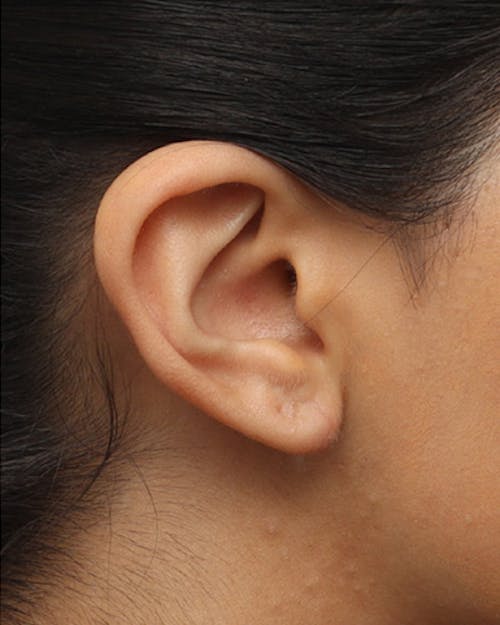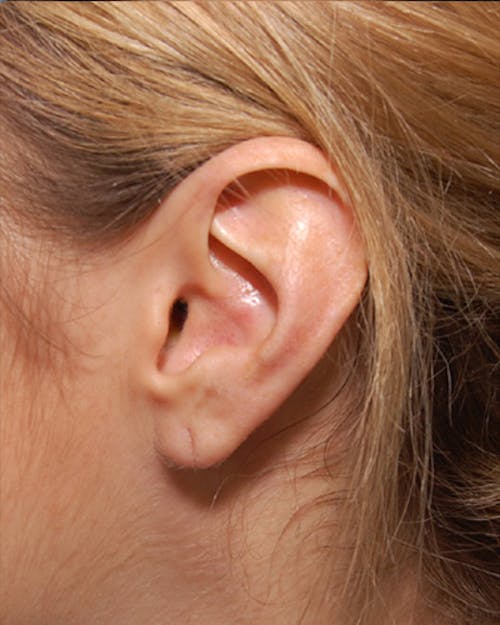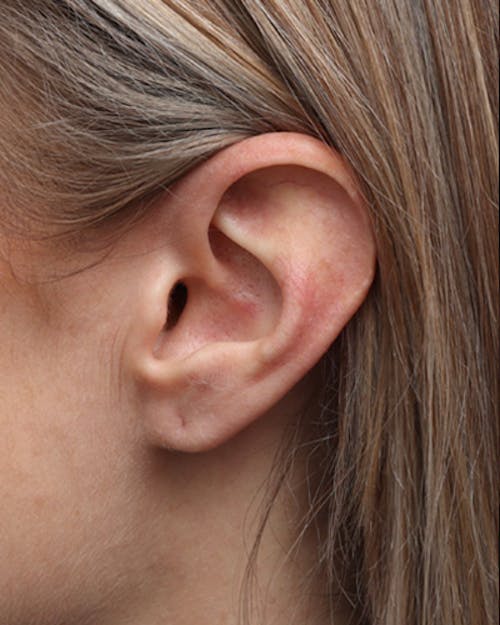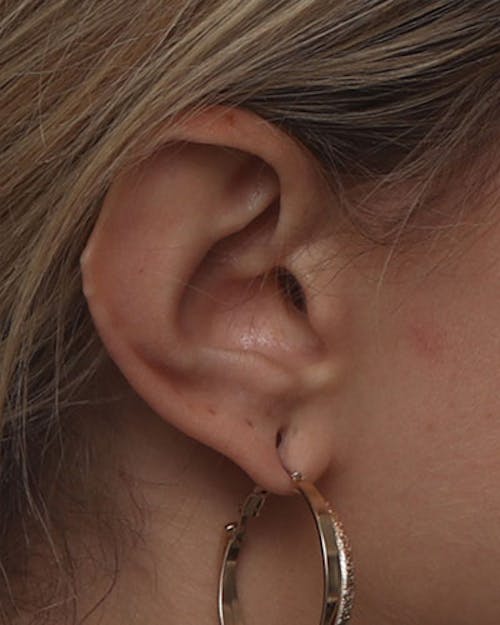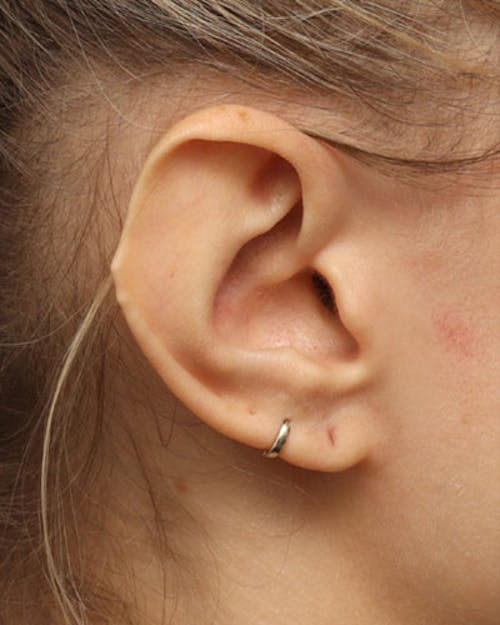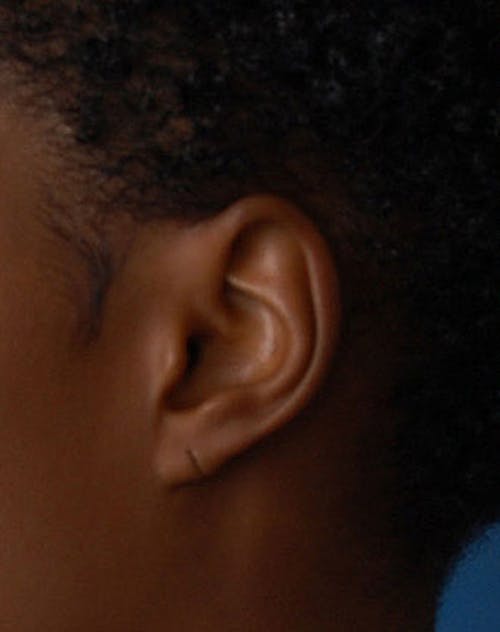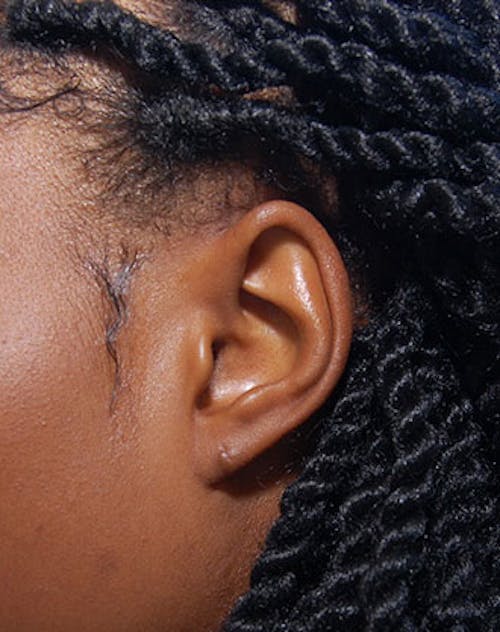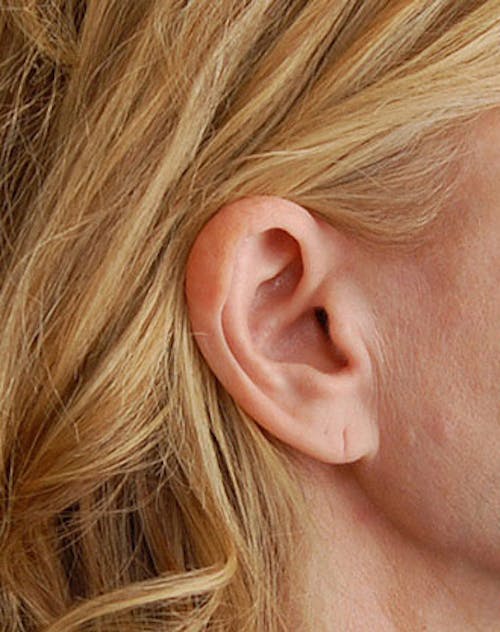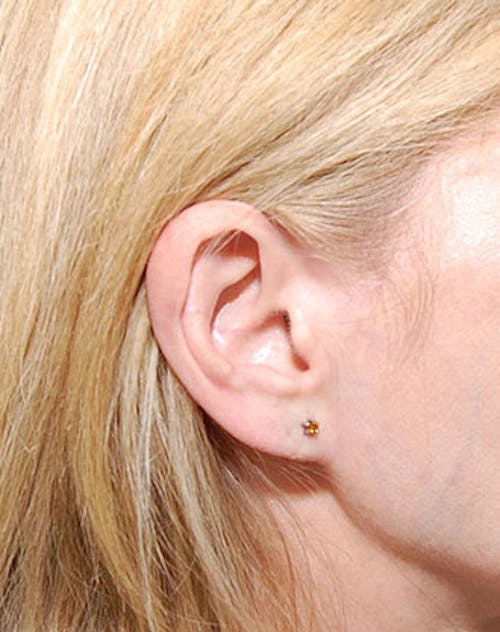Otoplasty and earlobe surgery are transformative procedures that address different yet significant aspects of ear aesthetics. Otoplasty is designed to reshape and refine ears that protrude or lack symmetry, which is particularly beneficial for children facing teasing or adults seeking enhanced facial harmony.
Advantages of ear surgery include…
- Ear surgery can improve the shape, symmetry, and proportion of the ears, enhancing overall facial aesthetics
- Correcting prominent or irregular ears can eliminate self-consciousness and improve self-esteem
- Especially beneficial for children, ear surgery can prevent or mitigate teasing and bullying related to ear appearance
- Ear surgery can address various issues such as protruding ears, asymmetry, enlarged lobes, or folded ears
- Results from ear surgery are typically permanent, providing lasting aesthetic benefits
- Depending on the procedure, recovery from ear surgery is often quick, allowing patients to resume normal activities relatively soon
- Dr. Westreich’s comprehensive approach includes fat transfer to the earlobes if they are deflated from hereditary or age related fat loss
- Dr. Westreich can tailor ear surgery procedures to individual needs, ensuring personalized and satisfactory outcomes


